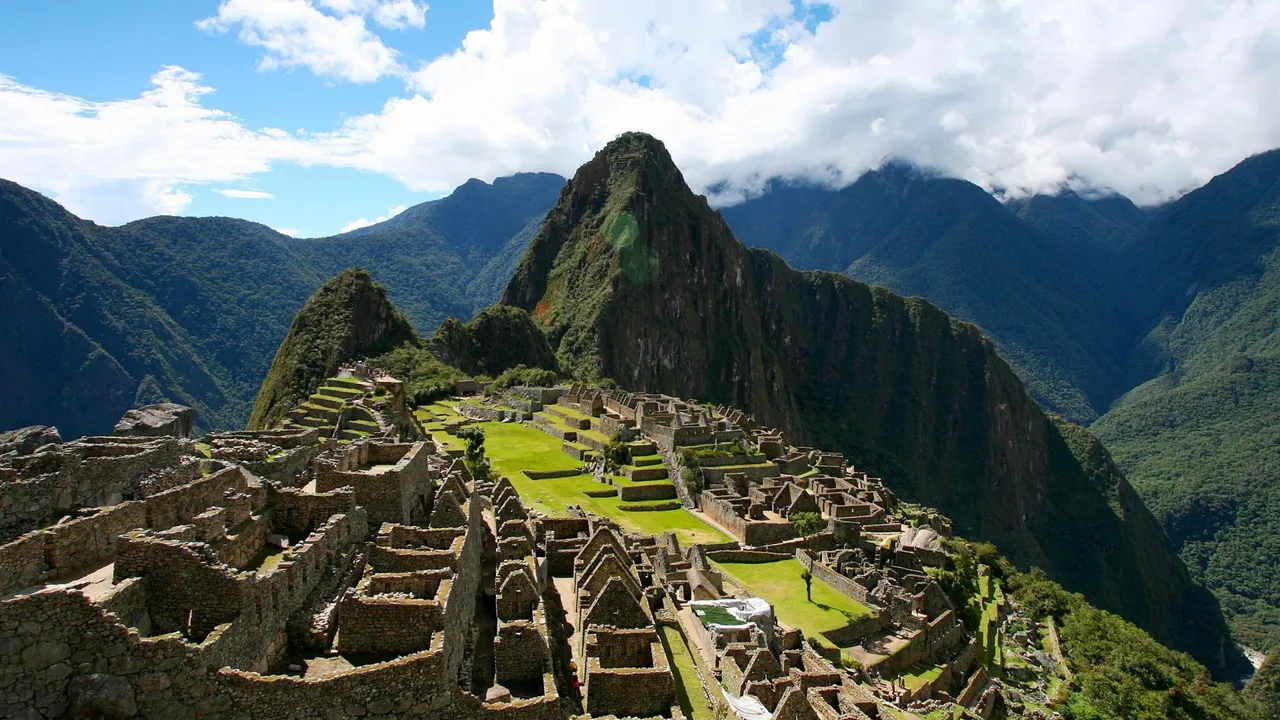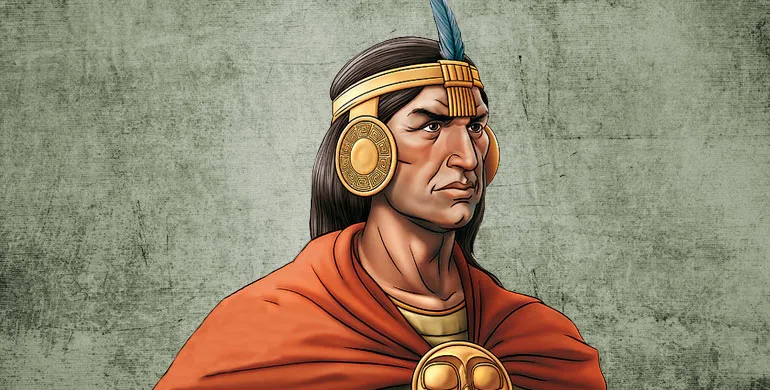
According to studies carried out by archaeologists, they estimate that these constructions were carried out in the 15th century by the Inca civilization, but their structural function still remains a mystery. It was learned that it was inhabited by a large number of inhabitants but only by priests and by "aqllas" which means "Virgenes del sol".
The city is made up of 3 areas: 2 populated areas and 1 agricultural area.
The populated sector was divided in two districts, in one of them they are the most important temples like the one of the Sun, as well as the real chamber.
In the 1440s the first Inca emperor named "Pachacuteq" conquered the lands of Machu Picchu, it was not until 1450 that he ordered to build an urban complex with civil and religious buildings of great luxury as a refuge for the most select of the Inca aristocracy , a luxurious and well-kept mausoleum to receive the remains of the Pachacutec monarch.

The fortress was located on the eastern slope of the Vilcanota mountain range, a visit to the heart of the Inca Empire and the Andean and colonial culture.
It is believed that the population in Machu Picchu was between 300 and 1000 inhabitants belonging to the panaca of Pachacuteq, it was an unknown place for the lower castes and their routes forbidden to anyone who was not part of the small circle of the Inca.
Within the valleys that formed the region of the valley are the administrative centers of Patallacta and Quentemarca which favored Machu Picchu for its agricultural sectors and thus provided food to the population.
When dying Pachacuteq all his properties happened to be administered by his panaca and a new government of the Inca began Túpac Yupanqui (1470-1493) and Huayna Capac (1493-1529).
Source:
https://www.machupicchu.biz/historia-de-machu-picchu
